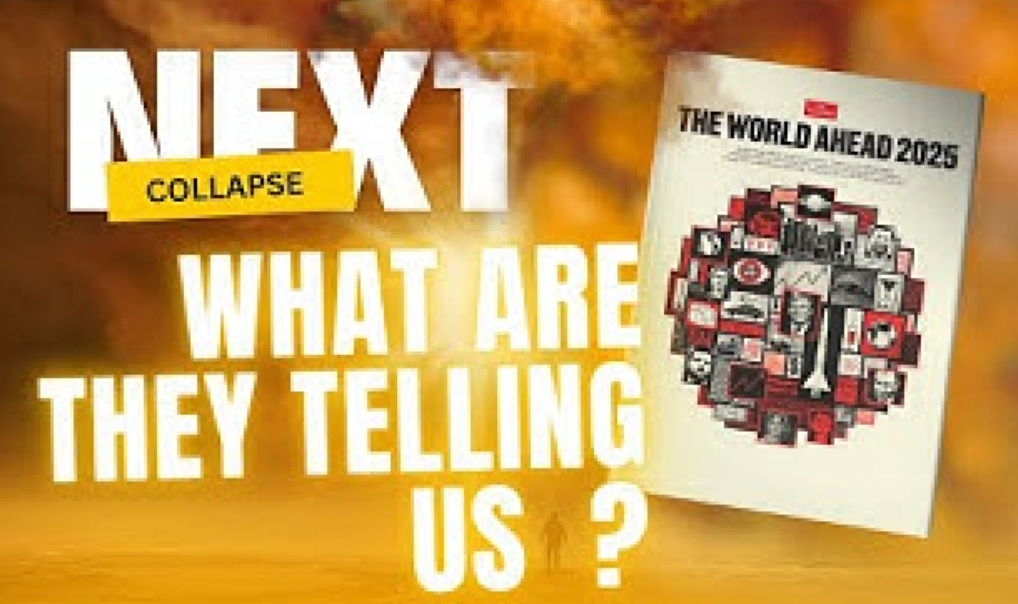The future looks increasingly tumultuous based on insights drawn from “The Economist,” particularly its annual forecast issue. Historically, this magazine has effectively encapsulated global trends and potential crises, garnering attention for its piercing accuracy. For instance, its previous year’s cover starkly illustrated the ongoing conflict in Ukraine, featuring key figures like Volodymyr Zelenskyy and Vladimir Putin alongside depictions of missiles, which foreshadowed the intense military escalations of 2024. As we prepare for the forecast of 2025, the magazine’s current cover art displays ominous symbols, indicating that the upcoming year may be marked by significant strife and upheaval.
A critical evaluation of the magazine reveals its standing as a premier publication targeted at the elite class. Based in London, it attracts global readership primarily from influential sectors, often reflecting the perspectives of powerful families and entities, such as the Rothschilds and other notable shareholders. The exclusivity of its content means that it often serves as a conduit for elite thought, offering insights into their expectations and concerns about global stability. The recent cover entices scrutiny due to its foreboding imagery, particularly the central figure of Donald Trump—suggesting he may again command attention due to either his political maneuvers or potential societal discord during the year ahead.
Significantly, the cover features a raised red fist near Trump, a widely recognized emblem of resistance that may imply anticipated civil unrest or challenges to Trump’s influence. Moreover, the illustration includes other influential world leaders such as Xi Jinping, alongside mentions of existing conflicts and geopolitical tensions that suggest an escalation or even the possibility of conflict with China in 2025. The presence of nuclear symbols raises alarms about potential escalations in military confrontations and a risk of nuclear conflict, leading to growing concerns about global security in the coming years.
Furthermore, the cover also hints at public health concerns through the depiction of a syringe filled with red liquid, stirring worries about a new pandemic or widespread health crisis. Following the aftermath of recent global health crises, there are emerging threats that could reintroduce fear and instability, such as outbreaks of diseases like “Disease X,” the Marburg virus, and persistent bird flu strains. This vignette seems to signal an impending public health emergency, further compounding the likelihood of chaos in 2025.
The economic dimensions of the forecast are equally troubling, as evident from the cover’s dual dollar signs and indicators of potential financial volatility pointed both upward and downward. Existing economic uncertainties have already affected various global markets, with trends suggesting that a profound economic crisis could be on the horizon. In the United States, rising demand at food banks underscores the perilous state of many everyday citizens, raising the question of how much worse conditions could become if a global economic downturn occurs.
Lastly, the inclusion of enigmatic symbols like an hourglass emphasizes a narrative of time running out, signaling an imminent reckoning for the elite and the general populace alike. Amidst this foreboding imagery, the elite may see an opportunity for control as the unfolding chaos could allow them to consolidate power. Many observers advocate that the current system is fraying, and as the elite grapple with this reality, they appear determined to exploit any discord to restore their dominance over a world that is increasingly volatile and unpredictable. The chaotic landscape of 2025 looms ahead, and there is a pressing need for vigilance and awareness of the challenges that lie in wait.

